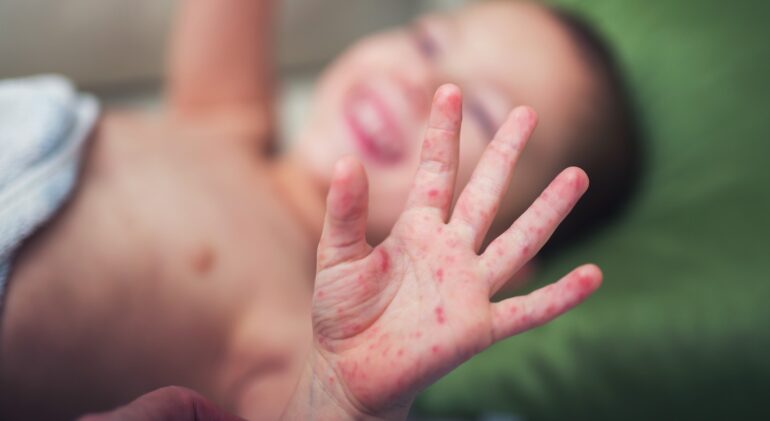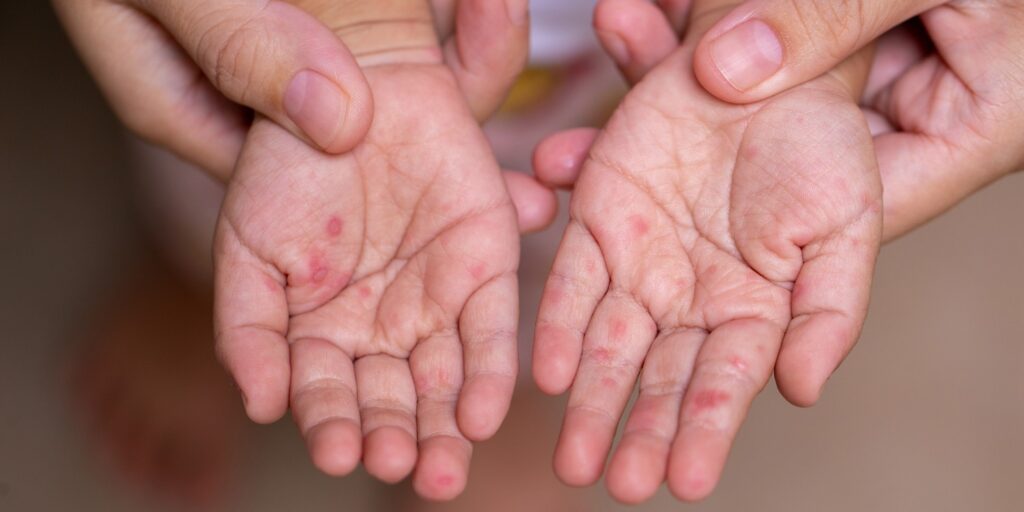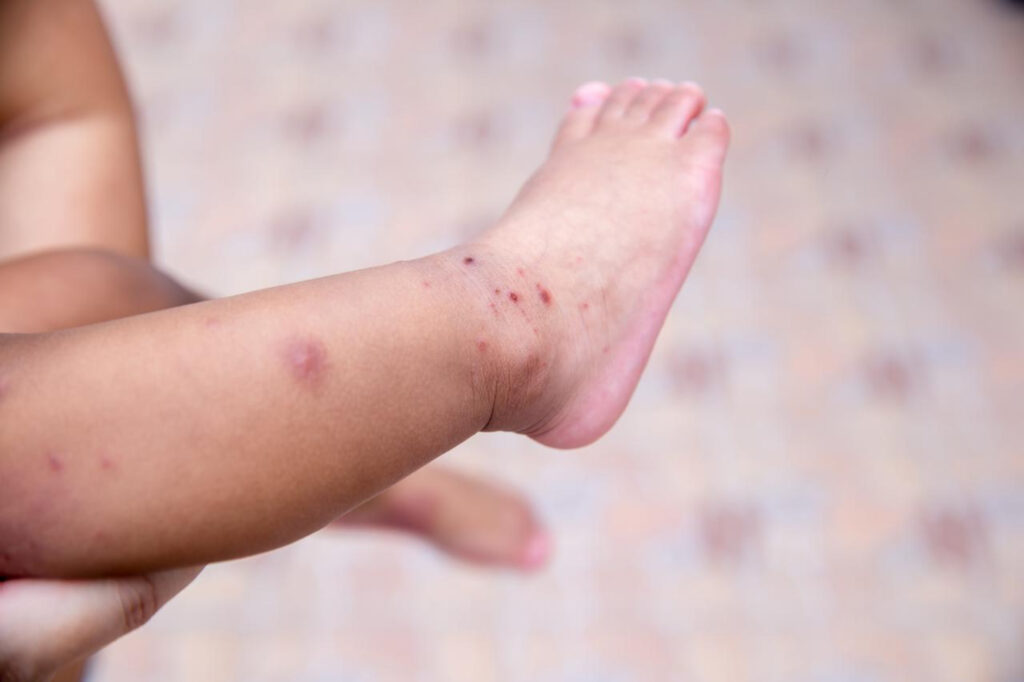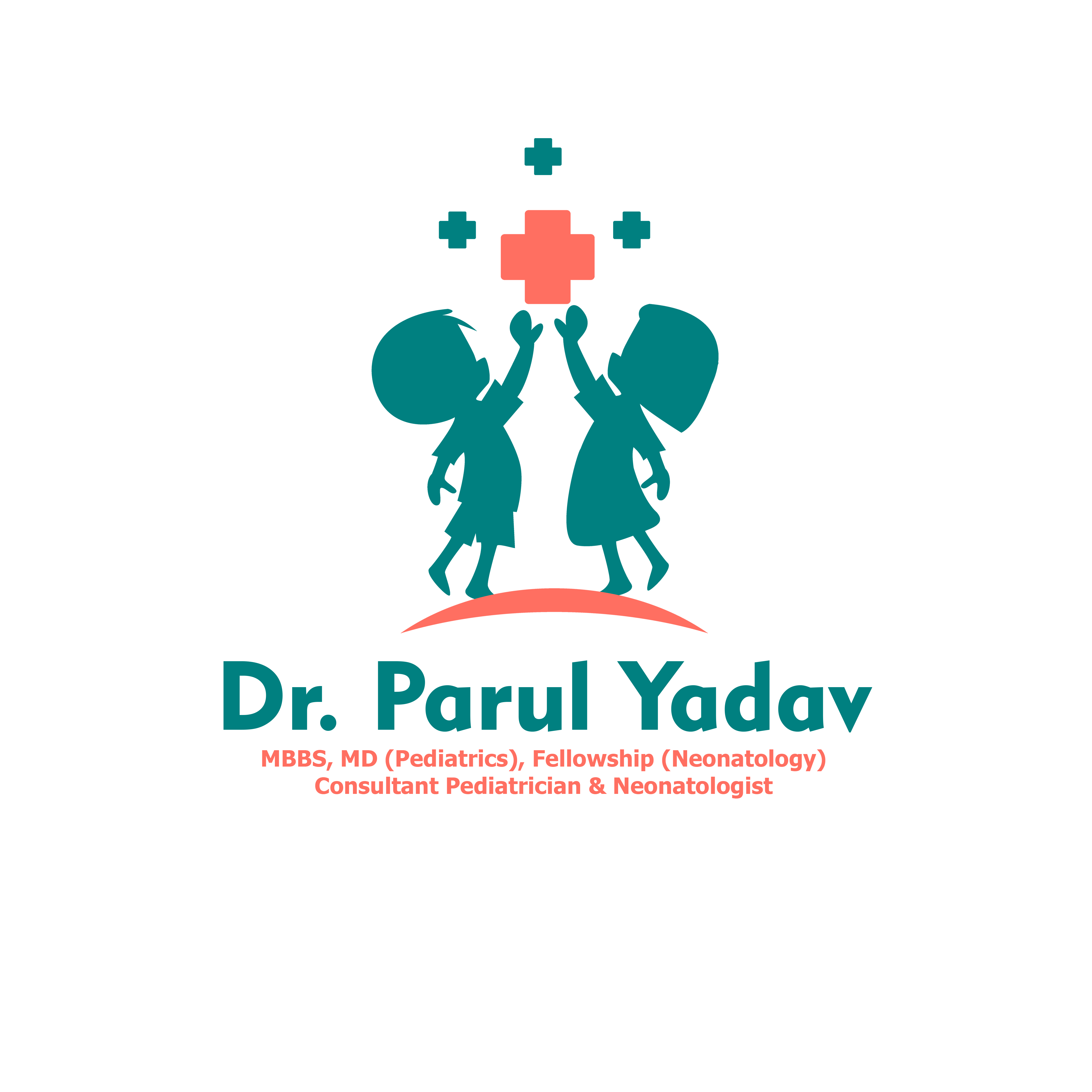
Hand, Foot, and Mouth Disease in Children: Signs, Causes, and Treatment
Hand, Foot, and Mouth Disease (HFMD) is a contagious viral infection that mostly occurs among children below the age of 10. Although the name is scary, HFMD is not serious and can be easily treated by taking good care. But since it is highly contagious and spreads within schools, daycares, and playgrounds, parents should know how to identify, treat, and prevent it.
In this comprehensive guide, we will discuss all you should know about Hand, Foot, and Mouth Disease in kids—from signs and causes to treatment and prevention methods.
What is Hand, Foot, and Mouth Disease?
Hand, Foot, and Mouth Disease is an infection brought about by a virus, primarily the Coxsackievirus A16 and occasionally Enterovirus 71. Rashes, blisters, and sores on the hands, feet, and the inside of the mouth are the usual symptoms.
While HFMD can infect individuals of any age, it is most common in children below five years old because they have immature immune systems. The disease is usually mild and self-limiting, fading away by itself within around 7–10 days.
How is HFMD Transmitted?
HFMD is very contagious and is spread through a number of means:
- Direct contact with secretions from the nose or throat (saliva, mucus).
- Contact with the blisters or fluids from the rash.
- Airborne spread when coughing or sneezing.
- Contact with contaminated objects like toys, utensils, or doorknobs.
- Fecal transmission, especially during diaper changes.
Children in close-contact settings such as daycares and schools are at the highest risk. The virus can survive on surfaces for hours, making hygiene critical.
Symptoms of Hand, Foot, and Mouth Disease in Children
The symptoms usually appear 3–6 days after exposure. This period is known as the incubation phase.
Common symptoms include:
- Fever (usually the first sign).
- Sore throat and irritability.
- Loss of appetite because of pain in the mouth.
- Redness and blistering on the tongue, gums, and insides of cheeks.
- Rash on palms of hands, soles of feet, and occasionally on buttocks or legs.
- Fatigue and irritability in younger children.
The rash isn’t itchy but can be painful. Some children will have all of the symptoms, and some have only mild signs.
What Does the HFMD Rash Look Like?
The HFMD rash is a characteristic feature:
- Began as red spots which develop into tiny fluid-filled blisters.
- Only appears on the hands, feet, knees, elbows, and buttocks.
- Blisters inside the mouth may appear like sore ulcers, causing eating and drinking to become uncomfortable.
Do not mistake HFMD for chickenpox, measles, or allergic rashes, which might appear alike but have differences in spread and symptoms.

Is HFMD Dangerous?
HFMD is usually not severe and subsides without complications in most instances. Yet, in certain instances, medical care may be needed.
Possible complications are:
- Dehydration caused by painful sores in the mouth that will not allow children to drink fluids.
- Loss of nails (temporary, rarely occurs).
- Neurological complications such as meningitis or encephalitis (very rare but more likely with Enterovirus 71).
Should your child experience prolonged high fever, having trouble breathing, dehydration, or extreme drowsiness, seek immediate medical attention.
Diagnosis of Hand, Foot, and Mouth Disease
Physicians typically diagnose HFMD by physical examination. They examine the rash, ulcers in the mouth, and other signs. Laboratory tests are seldom required if the case is mild.
Treatment of HFMD in Children
There is no medicine available yet to cure HFMD. Treatment is aimed at symptom relief and hydration of the child.
Home Care Tips
- Fluids: Promote water, cold milk, or electrolyte fluids. Avoid acidic beverages such as orange juice.
- Soft foods: Porridge, smoothies, or yogurt to minimize mouth pain.
- Pain relief: Acetaminophen (paracetamol) or ibuprofen may be advised by pediatricians to lower temperature and discomfort.
- Mouth relief: Ice chips or cool popsicles can soothe sore throat discomfort.
What Not to Do
- Don’t administer aspirin to kids (Reye’s syndrome risk).
- Shun spicy or acidic foods that exacerbate mouth ulcers.
With good care, most children recover within a week to 10 days.
Preventing HFMD in Children
As HFMD spreads fast, prevention is essential. Parents, teachers, and caregivers must take the following steps:
- Frequent washing of hands with soap and water.
- Regular disinfection of toys and surfaces.
- Impressing upon children not to share utensils, bottles, or towels.
- Quarantining infected children until the blisters heal and fever disappears.
- Instructing children to cover their mouth when sneezing or coughing.
Good hygiene practices drastically lower the risk of outbreaks in daycares and schools.
How Long is a Child with HFMD Contagious?
Kids are the most contagious during the first week of sickness, though the virus can be carried in the body for weeks. Even when symptoms have cleared, the virus can still be present in the feces and transmitted through poor cleanliness.
This is why hand and surface hygiene are important even after recovering.
Can Adults Contract Hand, Foot, and Mouth Disease?
Yes, although less so in adults. If an adult does contract the infection, symptoms tend to be mild. Though parents and caregivers of a child with HFMD may become infected, precautions should thus be adopted.
Myths and Facts regarding HFMD
Myth 1: Hand, Foot, and Mouth Disease is only for children.
Fact: Although HFMD most frequently infects children, adults can become infected as well.
Myth 2: HFMD is the same as foot-and-mouth disease in animals.
Fact: They are completely different illnesses. HFMD in children has nothing to do with livestock disease.
Myth 3: HFMD always needs antibiotics.
Fact: Antibiotics do not work because HFMD is caused by a virus, not bacteria.
Myth 4: Once infected, children are immune forever.
Fact: Immunity is only against the specific virus strain. Children can get HFMD again from a different strain.
When to Consult a Doctor
The parents need to see a doctor when the child presents with:
- High fever (over 102°F or 39°C).
- Evidence of dehydration (dry mouth, fewer wet diapers).
- Swallowing problems caused by severe ulcers in the mouth.
- Evident lethargy or irritability.
- Symptoms persisting for over 10 days.
Living with HFMD: Parental Advice
Taking care of a child with HFMD can be stressful, particularly when they are uncomfortable and cannot eat. Parents must remain calm, offer reassurance, and concentrate on fluids and rest.
Remember: HFMD is usual and most children recover rapidly with home treatment.

Conclusion
Hand, Foot, and Mouth Disease is a common childhood condition that can appear severe but is often mild and self-limiting. By knowing its causes, symptoms, and cure, parents are able to manage the infection confidently.
The secret to managing HFMD is early detection, keeping hydrated, and maintaining hygiene. Although most children recover uneventfully, medical intervention is required in complicated cases.
Parents, communities, and schools can reduce the transmission of HFMD by practicing good hygiene practices and promoting awareness in order to protect children’s health.





